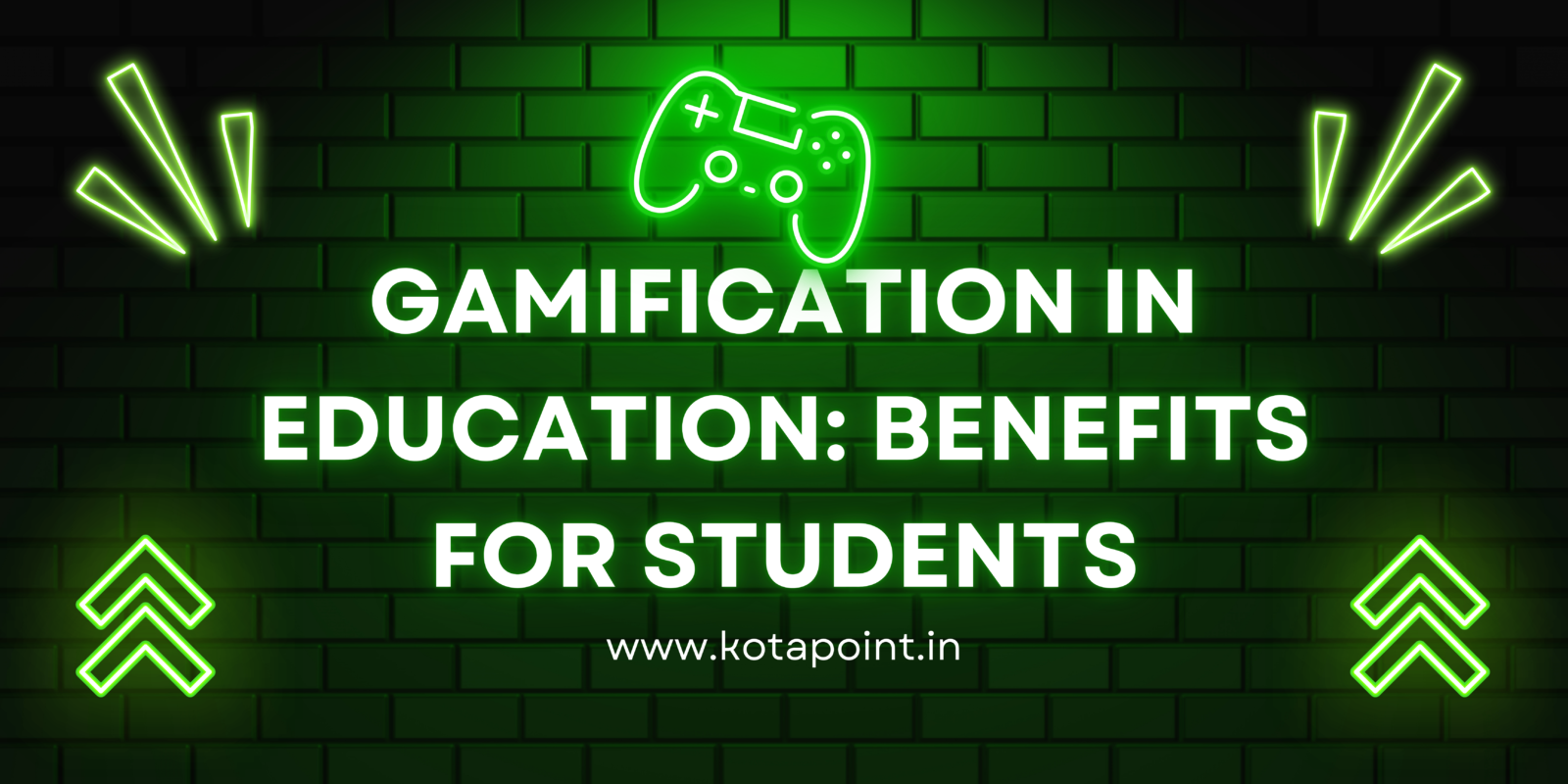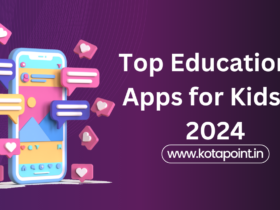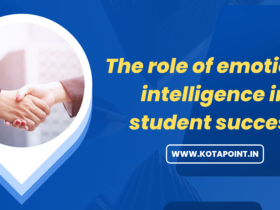In today’s fast-evolving digital world, educators and institutions are exploring innovative methods to engage students and foster better learning outcomes. One popular strategy that has gained attention in recent years is gamification in education. Integrating gamification into the learning environment has transformed traditional methods by making them interactive and enjoyable, creating a more immersive experience for students. This blog explores how gamification in education benefits students, highlights its importance, and addresses some common FAQs about gamified learning.

What is Gamification in Education?
Gamification in education refers to applying game elements—such as rewards, challenges, levels, and points—into non-game contexts, like classrooms or online learning platforms. This technique makes the learning process more engaging and exciting for students. By turning educational activities into a game-like environment, gamification in education enhances student motivation, participation, and overall enjoyment of learning.
Key Elements of Gamification in Education
To understand how gamification in education benefits students, it’s essential to identify the elements involved:
- Points and Rewards: Students earn points or rewards for completing tasks, providing immediate gratification and encouraging continued engagement.
- Badges and Achievements: Achievements offer milestones that recognize students’ efforts, making them feel accomplished.
- Leaderboards: Leaderboards can introduce friendly competition, inspiring students to do their best.
- Levels and Challenges: With each level, students face new challenges, which promotes progressive learning.
Top 6 Benefits of Gamification in Education for Students
1. Enhanced Motivation and Engagement
One of the major benefits of gamification in education is that it significantly boosts student motivation. When students earn points, rewards, and achievements, they feel a sense of accomplishment that traditional methods often lack. This gamified learning environment keeps students eager to participate, making them more likely to complete assignments and improve their learning outcomes.
2. Improved Knowledge Retention
Gamification in education makes learning memorable by turning complex topics into interactive experiences. Engaging students with quizzes, challenges, and puzzles helps reinforce the material, leading to better knowledge retention. Students can grasp concepts faster and more effectively in a gamified learning context.
3. Development of Critical Thinking Skills
Gamification in education encourages students to think critically and solve problems to advance through levels or earn rewards. This approach strengthens problem-solving skills and fosters creativity, crucial skills for academic success and beyond.
4. Increased Participation and Attendance
Through gamification, students often feel more compelled to participate actively in their lessons. This enthusiasm can extend to attendance as well, as students look forward to engaging, game-based learning activities. Gamification in education transforms the classroom into an interactive learning hub, ensuring higher student attendance and involvement.
5. Personalized Learning Experience
Gamification allows teachers to tailor lessons according to each student’s pace, strengths, and areas that need improvement. This personalized gamified learning experience helps every student feel included and ensures that no one is left behind, promoting equal learning opportunities.
6. Real-Time Feedback
Another benefit of gamification in education is that it provides students with real-time feedback. Immediate feedback enables students to recognize their strengths and address weaknesses promptly, improving their academic performance.
How to Implement Gamification in Education Effectively
To maximize the benefits of gamification in education:
- Set Clear Goals and Rewards: Clearly define what students will gain from each task, creating specific rewards for completing milestones.
- Incorporate Interactive Tools: Use tools like Kahoot!, Quizizz, or Duolingo that integrate gamified elements effectively in learning.
- Balance Competition and Collaboration: While leaderboards are motivating, ensure collaboration by incorporating group-based tasks.
- Adapt to Various Learning Styles: Customize gamification to accommodate auditory, visual, and kinesthetic learners, making the experience inclusive.
- Measure Progress Regularly: Track students’ performance and adapt the gamification elements based on the results to ensure continued engagement.
Potential Challenges of Gamification in Education
While gamification in education benefits students in many ways, there are also challenges to consider:
- Overemphasis on Rewards: Relying too heavily on rewards may lead students to focus on earning points rather than learning.
- Resource Requirements: Effective gamification may require digital resources, which might not be accessible to all institutions.
- Balancing Competition: Excessive competition can be demotivating for some students, so educators must carefully implement these elements.
Conclusion
Incorporating gamification in education creates a learning environment that is engaging, motivational, and impactful for students. As schools and institutions continue adopting innovative strategies, gamified learning has proven to foster critical skills such as problem-solving, collaboration, and creative thinking. Although there are challenges to consider, the benefits of gamification in education undeniably make it an effective tool for modern-day classrooms.
Frequently Asked Questions (FAQs)
What is gamification in education?
Gamification in education refers to integrating game-like elements, such as rewards, points, and challenges, into the learning process to make it more engaging for students.
How does gamification in education benefit students?
Some benefits of gamification in education include enhanced motivation, improved knowledge retention, development of critical thinking skills, and real-time feedback.
Are there any drawbacks to gamification in education?
Potential challenges include overemphasis on rewards, resource limitations, and managing a balance between competition and collaboration.
How can teachers implement gamification in education?
Teachers can start by setting clear goals, incorporating interactive tools, adapting tasks to various learning styles, and tracking progress regularly.
Why is gamification important in modern education?
With gamification in education, students are more engaged, learn faster, and develop essential skills for success in today’s competitive world.














Leave a Reply